One of the important restrictions governing the design of tilting pad thrust bearings is the maximum allowable white metal temperature. However, adequate guidance on typical pad operating tempatures has not been available in established lubrication hand books. New pad tempature data from 12 test bearings have been combined with previously published work to provide a source of information covering a diverse range of proven bearing types and sizes.
The collected information has been presented as the difference between maximum pad and oil supply tempatures at fixed values of bearing pressure against mean sliding speed. Clear trends have been found in the data which have enabled curves of typical bearing performance to be drawn through the test results. The difference between the type of lubricant feed (“flooded” or “low loss directed”) and the pivot position (center or offset) have been highlighted.
Introduction
Tilting-pad thrust bearings are a very efficient means of transferring large thrust loads from rotating shafts to surrounding structures. Since the generation of the lubricating film is entirely automatic, and its presence eliminates wear, tilting-pad units have proved to be the most appropriate type of bearing in many areas of industry.
As with all technologies, there are a number of fundamental limitations that define a tilting-pad’s range of suitable applications. One such limit is the maximum safe working temperature of the traditional white metal face; hence, the assessment of pad temperature is an essential part of bearing performance prediction. Consequently, a statement of performance must be considered incomplete if it does not contain an estimate of pad temperature.
The successful introduction of tilling-pad technology was largely due to the good agreement between the operation of modest size pads and the predictions of simple hydrodynamic theory. With the general trend for larger bearings and more arduous duties, the prediction of pad temperature has gained importance. Although the laws of thermodynamics are well understood, there is no complementary simple thermodynamic model of bearing performance for the prediction of operating temperatures. Historically, experimental results have been the only reliable source of pad temperature information. Early formulae for predicting pad temperatures were based on bearing observations, and even today’s computer models rely heavily on test data for setting up a number of parameters used in the performance calculations; hence; the consolidation of experimental results into coherent pad temperature information is of prime importance to lubrication engineers.
For many years, various technical journals have published temperature data obtained from bearing tests, but very few anicles have drawn together the results from different bearings to see if there is a consistent overall pattern to the reported results. This paper uses previously unpublished test results from the authors’ company in combination with other published work, to form a general source of information on typical bearing temperatures.
ACCESS FULL
PAPER
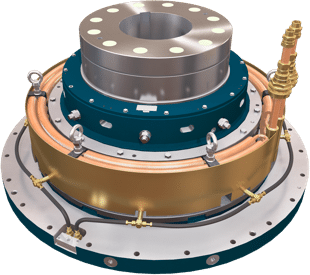 Vertical Bearings
Vertical Bearings
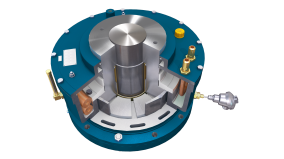



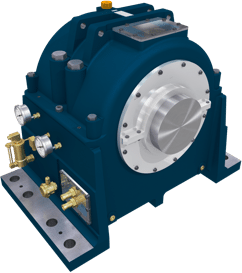 Horizontal Bearings
Horizontal Bearings
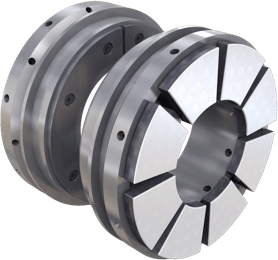 Tilting Pad Bearings
Tilting Pad Bearings
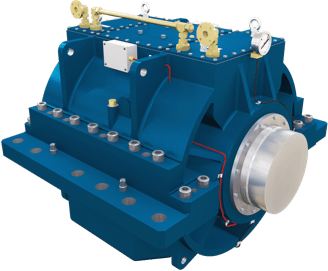 Marine Bearings
Marine Bearings
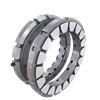


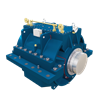
 PTFE Bearings
PTFE Bearings PEEK Bearings
PEEK Bearings


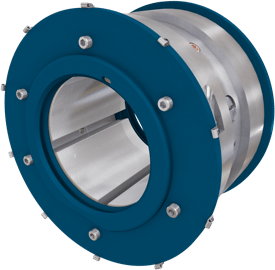 Journal Bearings
Journal Bearings
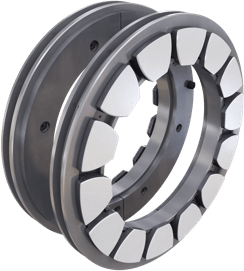 Thrust Bearings
Thrust Bearings

